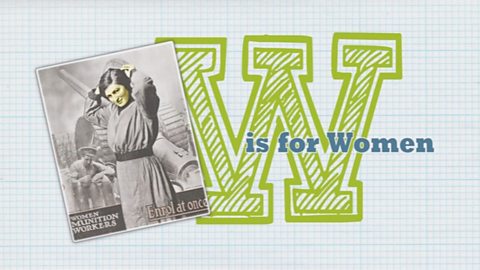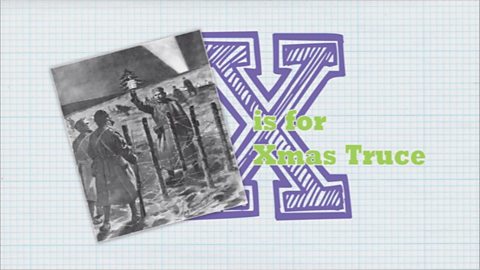Video summary
Primary school children narrate the story of the armistice agreement that ended World War One.
We hear the story of Maud Thompson, aged 11, who describes how she woke up to the sound of fireworks on the day, took part in Londonβs victory celebrations and saw the King and Queen on the balcony at Buckingham Palace.
Victory celebrations were sparked by news of the armistice which came into effect at 11am on 11 November 1918.
Germany and the Allies signed the agreement at a secret meeting in France at 5am on the same day.
This day was known as Victory day.
Teacher Notes
Pupils could discuss the mixed feelings that people must have had when they heard the news that the war had ended.
What was the reaction of individuals was likely to be?
What would their priorities be, now that the fighting was over?
What would their hopes for the future be?
Given the level of destruction and the huge numbers of dead, was it accurate to talk of victory?
Pupils could debate the issue, based on their research of the period. They could take a vote to decide the question.
This short film is suitable for teaching history at Key Stage 2 / Second Level or above.
U is for Unsung Heroes. video
Newsreel, schoolchildrenβs commentary and dramatic monologue illustrate the role of animals in WW1, including the famous terrier Sergeant Stubby.

W is for Women. video
Newsreel and dramatic monologue honour the role of British women during WW1, particularly those who worked in munitions factories.

X is for Xmas Truce. video
Through newsreel, children's commentary and dramatic monologue, this short film for primary schools tells the story of one Christmas Eve in 1914 when peace broke out in the trenches.
